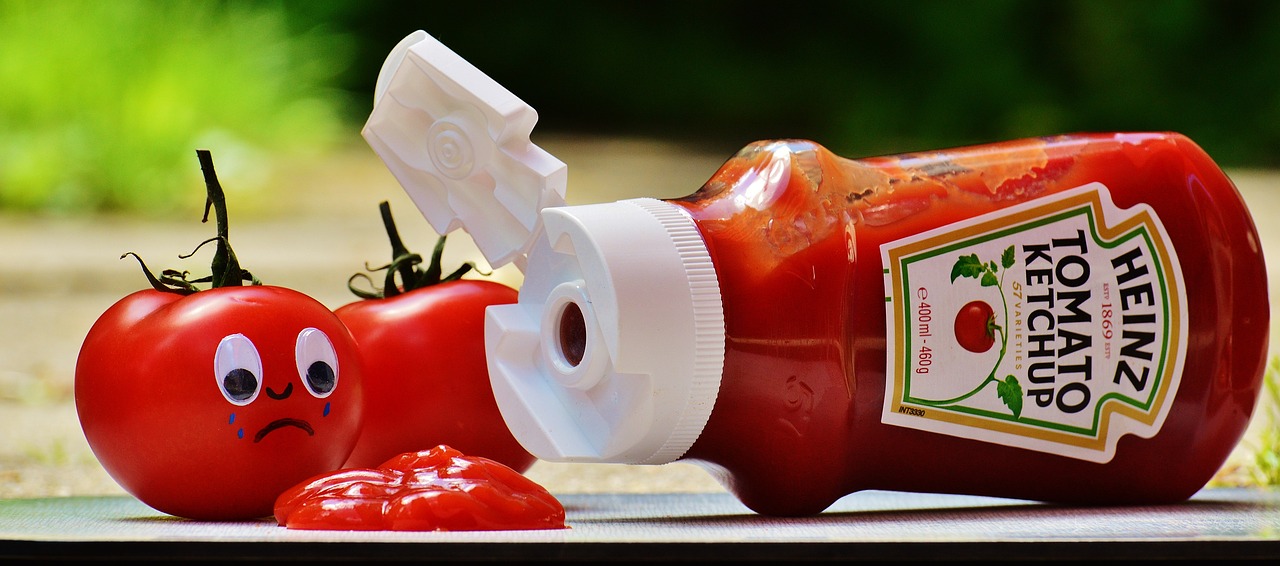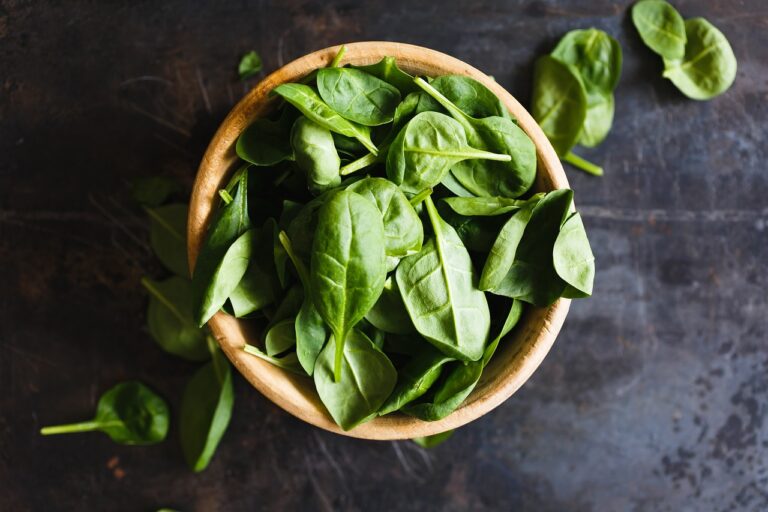The Role of Aquaculture in Reducing Bycatch
11xplay reddy login id and password, laser247. com cricket, sky live casino:Aquaculture plays a vital role in reducing bycatch in our oceans. Bycatch refers to the unintentional capture of non-target species, such as dolphins, sea turtles, and seabirds, in fishing operations. This issue poses a significant threat to marine ecosystems and biodiversity. Aquaculture, also known as fish farming, offers a more sustainable alternative to wild-caught seafood, thereby helping to alleviate the pressure on our oceans and reduce the incidence of bycatch.
Aquaculture involves the farming of fish and other aquatic organisms in controlled environments, such as tanks, ponds, or ocean cages. By raising fish in captivity, aquaculture helps to reduce the need for wild-caught seafood, which can result in bycatch. Additionally, aquaculture allows for the selective breeding of fish species, enabling farmers to produce fish with desirable traits, such as faster growth rates and disease resistance. These improvements in aquaculture practices can help to alleviate the stress on wild fish populations and reduce the incidence of bycatch.
Heading 1: Advantages of Aquaculture in Reducing Bycatch
Aquaculture offers several advantages in reducing bycatch compared to traditional fishing methods. For example, aquaculture eliminates the need for large-scale fishing vessels, which can inadvertently capture non-target species in their nets. By raising fish in controlled environments, aquaculture helps to minimize the impact on marine ecosystems and reduce the incidence of bycatch.
Heading 2: Selective Breeding in Aquaculture
One of the key benefits of aquaculture is the ability to selectively breed fish species to produce offspring with desirable traits. This practice can help to improve the efficiency and sustainability of fish farming operations, while also reducing the incidence of bycatch. By breeding fish with traits such as fast growth rates and disease resistance, farmers can produce healthier fish populations that are less reliant on wild-caught seafood.
Heading 3: Aquaculture and Sustainable Seafood
Aquaculture plays a crucial role in providing sustainable seafood options for consumers. By raising fish in controlled environments, aquaculture helps to alleviate the pressure on wild fish populations and reduce the incidence of bycatch. As consumer demand for sustainable seafood continues to grow, aquaculture offers a more environmentally friendly alternative to traditional fishing methods.
Heading 4: Challenges of Aquaculture in Reducing Bycatch
While aquaculture offers many benefits in reducing bycatch, there are also challenges associated with fish farming practices. For example, intensive fish farming operations can lead to water pollution and disease outbreaks among fish populations. Additionally, escaped farmed fish can pose a threat to wild fish populations by competing for resources and spreading diseases. These challenges highlight the importance of implementing sustainable aquaculture practices to minimize the negative impacts on marine ecosystems.
Heading 5: Sustainable Aquaculture Practices
To address the challenges associated with aquaculture, farmers can adopt sustainable farming practices that prioritize environmental protection and animal welfare. For example, farmers can use eco-friendly feed options that minimize waste and reduce the reliance on wild-caught seafood. Additionally, farmers can implement measures to prevent escapes from fish farms and minimize the risk of disease outbreaks among fish populations. By following sustainable aquaculture practices, farmers can help to reduce the incidence of bycatch and promote the long-term health of marine ecosystems.
Heading 6: The Future of Aquaculture in Reducing Bycatch
As the demand for seafood continues to rise, aquaculture will play an increasingly important role in reducing the pressure on wild fish populations and minimizing the occurrence of bycatch. By adopting sustainable farming practices and investing in research and innovation, aquaculture can help to provide a more environmentally friendly and sustainable seafood option for consumers. With continued advancements in aquaculture technology and practices, we can look forward to a future where aquaculture plays a key role in protecting our oceans and reducing the impact of bycatch on marine ecosystems.
FAQs
Q: How does aquaculture help to reduce the incidence of bycatch?
A: Aquaculture reduces the need for wild-caught seafood, thereby alleviating the pressure on marine ecosystems and reducing the occurrence of bycatch.
Q: What are some of the challenges associated with aquaculture in reducing bycatch?
A: Some challenges associated with aquaculture include water pollution, disease outbreaks, and the risk of escaped farmed fish competing with wild fish populations.
Q: What can consumers do to support sustainable aquaculture practices?
A: Consumers can look for eco-friendly seafood options and support aquaculture operations that prioritize environmental protection and animal welfare. By choosing sustainable seafood options, consumers can help to promote the long-term health of marine ecosystems.
In conclusion, aquaculture plays a crucial role in reducing bycatch and promoting the sustainability of our oceans. By adopting sustainable farming practices and investing in research and innovation, aquaculture can help to provide a more environmentally friendly and sustainable seafood option for consumers. With continued advancements in aquaculture technology and practices, we can look forward to a future where aquaculture plays a key role in protecting our oceans and reducing the impact of bycatch on marine ecosystems.







